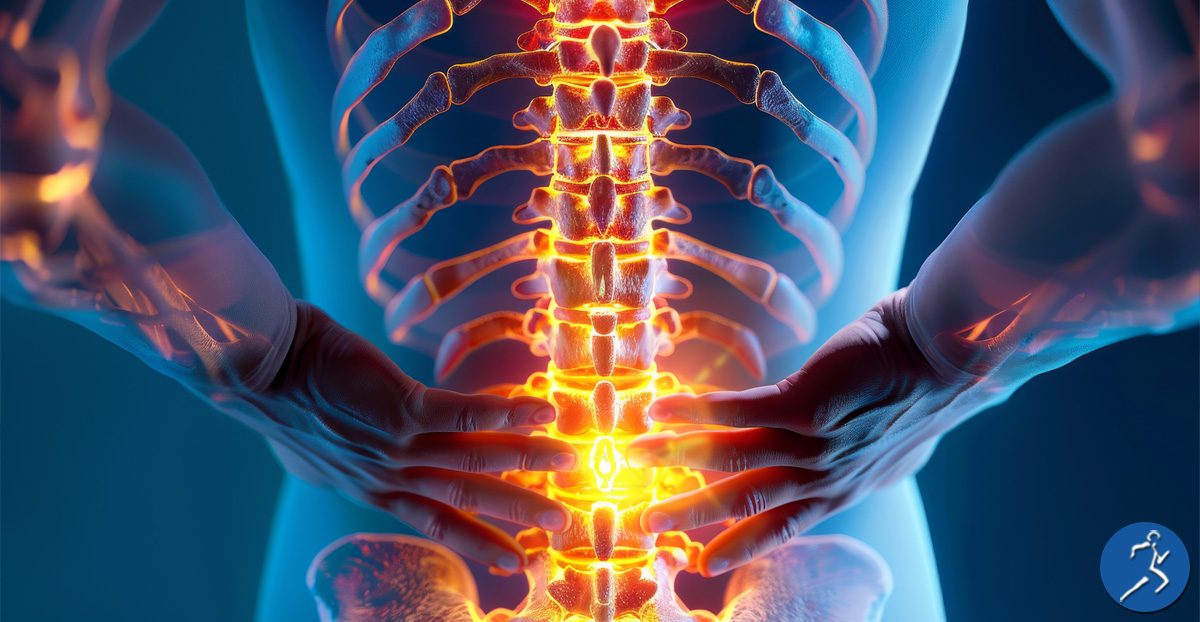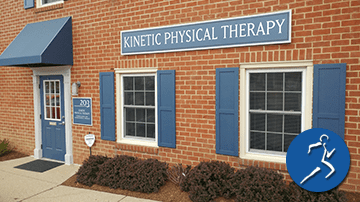
A herniated disc is a common yet often misunderstood spinal issue that can lead to significant pain and limited mobility. Many individuals experience back pain at some point. Still, it’s crucial to understand that a herniated disk is not the cause of all back pain. We will explain what a herniated disc is and how it differs from a back muscle strain. Learn about the areas of the spine most prone to herniation and, more importantly, how to prevent a herniated disc. We will also discuss how physical therapy can play a key role in managing pain and restoring function.
What Is a Herniated Disc?
A herniated disc occurs when the soft inner portion of a spinal disc pushes through a tear in the outer layer. Spinal discs act as cushions between the vertebrae, allowing for flexibility and shock absorption. When a disc herniates, it can press on nearby nerves, causing pain, numbness, or weakness in other parts of the body. Herniated discs are most common in the lower back but can also affect the neck.
Areas of the Spine Prone to Herniated Discs
Different areas of the spine are more vulnerable to disc herniation than others. The following sections of the spine are prone to this condition:
Lumbar Spine (Lower Back)
The lumbar spine is the most common area for disc herniation. Since the lower back bears much of our body weight, it typically experiences high levels of strain. Lifting heavy objects, twisting motions, and prolonged sitting can all contribute to disc herniation in this area. Symptoms may include lower back pain, sciatica (pain radiating down the leg), and numbness in the lower extremities.
Cervical Spine (Neck)
Herniated discs in the cervical spine, or neck area, are also common. Poor posture, repetitive neck movements, and sudden injuries like whiplash can lead to herniation here. Symptoms may include neck pain, shoulder pain, and numbness or tingling in the arms.
Thoracic Spine (Mid-Back)
While less common, herniated discs can also occur in the thoracic spine. This area has more structural stability due to the rib cage, which makes herniation less likely. However, it can still happen, particularly from trauma or severe strain. Symptoms may include mid-back pain, as well as discomfort that radiates to the chest or abdomen.
Herniated Disc vs. Back Muscle Strain
While both herniated discs and back muscle strains cause pain, they are quite different in nature. A herniated disc involves damage to the spinal disc, often leading to nerve compression. Conversely, a back muscle strain occurs when the muscle or tendon fibers are overstretched or torn, typically from overuse, sudden movements, or improper lifting. Muscle strains often resolve with rest and conservative treatment. In contrast, a herniated disc may require a more targeted approach for symptom relief and recovery.
How to Avoid Herniated Discs
Preventing herniated discs involves adopting habits that support spinal health. Here are several strategies to reduce your risk:
Practice Proper Lifting Techniques
Improper lifting, especially of heavy objects, is a common cause of disc herniation. To avoid injury, always lift with your legs, not your back. Keep the object close to your body, maintain a straight back, and avoid twisting motions when lifting or carrying items.
Maintain Good Posture
Poor posture places stress on your spine and can lead to disc problems. Keep your back straight and your feet flat on the floor when sitting. If you work at a desk, adjust your chair and computer screen to avoid leaning forward or straining your neck.
Strengthen Core Muscles
Strong core muscles provide essential support for your spine. Regular core exercises, such as planks and abdominal exercises, can enhance stability and reduce the likelihood of a herniated disc.
Stay Active and Maintain a Healthy Weight
Regular exercise keeps your spine and surrounding muscles strong and flexible. Maintaining a healthy weight reduces the strain on your lower back, making it less prone to herniation. Incorporate low-impact exercises, like walking, swimming, and yoga, into your routine for spinal health.
How Physical Therapy Can Help
Physical therapy plays a crucial role in managing herniated discs. A physical therapist can design a personalized treatment plan that addresses both pain relief and functional improvement.
Pain Relief Techniques
Physical therapists use various methods to reduce pain associated with herniated discs. Techniques may include heat or cold therapy, electrical stimulation, and gentle stretching exercises. These methods target inflammation and muscle tension around the affected area.
Strengthening and Flexibility Exercises
Strengthening the core and back muscles helps support the spine, reducing the risk of future herniation. Flexibility exercises increase the range of motion, allowing patients to move more freely and with less discomfort. A physical therapist will guide you through exercises specifically designed to reduce the strain on your spine.
Improving Body Mechanics
Learning proper body mechanics is essential for preventing further injury. Physical therapists teach sitting, standing, and lifting techniques to minimize spine stress. This knowledge is especially valuable for patients who are recovering from a herniated disc, as it helps them avoid habits that could lead to re-injury.
Gradual Return to Activity
After an injury, it’s important to resume normal activities gradually. Physical therapists assist with this transition, ensuring patients don’t push too hard too soon. A structured plan allows a safe return to daily life, work, and recreational activities.
Do You Need Physical Therapy for a Herniated Disc?
Herniated discs can be painful and disruptive, but they are manageable with the right approach. By understanding the common causes, practicing preventive techniques, and seeking appropriate treatment, you can protect your spine and enjoy a more active life. Physical therapy offers essential support for recovery and prevention, helping individuals improve strength, flexibility, and function.
We realize that you have a lot of options when it comes to choosing where you receive physical therapy treatment. Remember, you can see the same therapist for every appointment at Kinetic Physical Therapy. We value our patients! Come for a visit soon!


